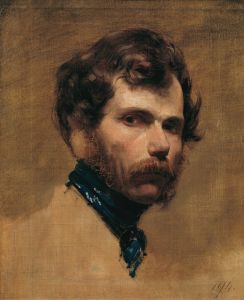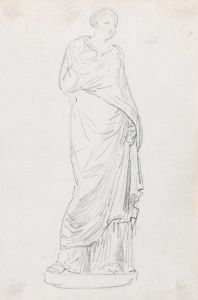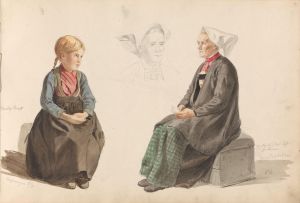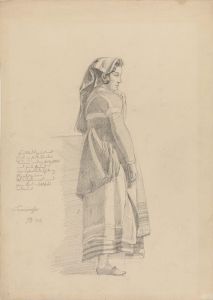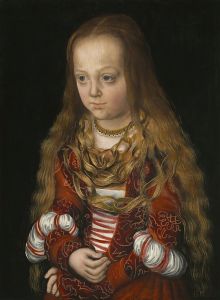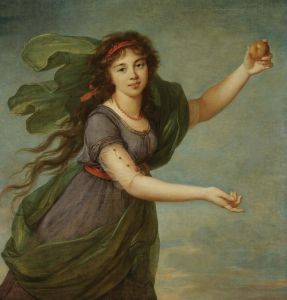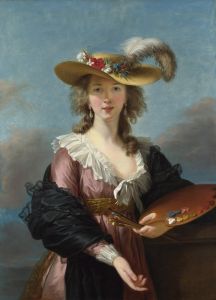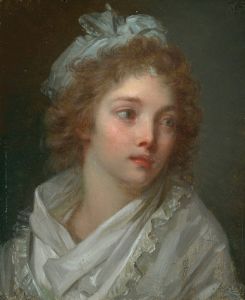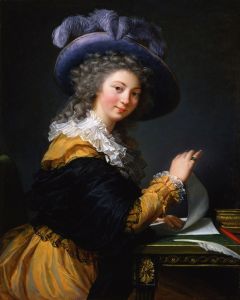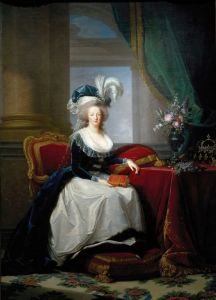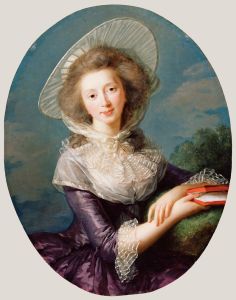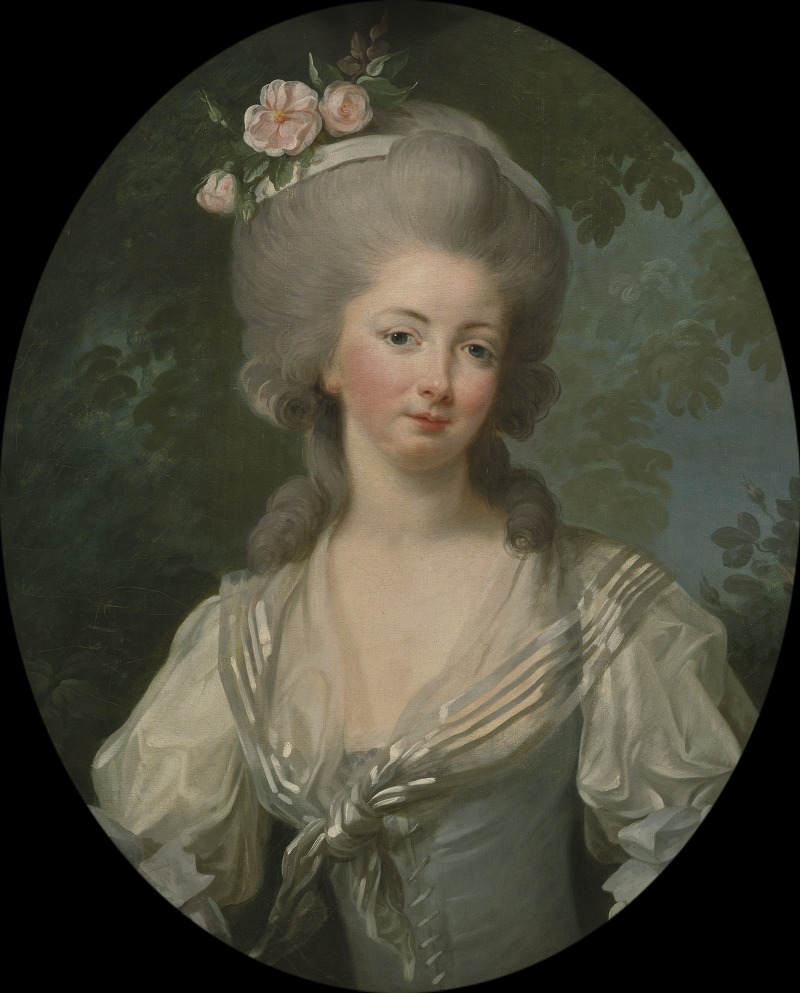
Ernestine-Frédérique, Princesse de Croy
A hand-painted replica of Elisabeth Louise Vigée Le Brun’s masterpiece Ernestine-Frédérique, Princesse de Croy, meticulously crafted by professional artists to capture the true essence of the original. Each piece is created with museum-quality canvas and rare mineral pigments, carefully painted by experienced artists with delicate brushstrokes and rich, layered colors to perfectly recreate the texture of the original artwork. Unlike machine-printed reproductions, this hand-painted version brings the painting to life, infused with the artist’s emotions and skill in every stroke. Whether for personal collection or home decoration, it instantly elevates the artistic atmosphere of any space.
Elisabeth Louise Vigée Le Brun was a prominent French portrait painter of the late 18th century, known for her refined and elegant style. Among her many works is the portrait of Ernestine-Frédérique, Princesse de Croy. This painting is a testament to Vigée Le Brun's skill in capturing the grace and nobility of her subjects, as well as her ability to convey their personality and status through her art.
Ernestine-Frédérique, Princesse de Croy, was a member of the European nobility, belonging to the House of Croy, a distinguished family with roots in the Holy Roman Empire and later in France and Belgium. The exact details of her life, including her birth and death dates, are not widely documented, but her status as a princess indicates her high rank in the social hierarchy of her time.
Vigée Le Brun painted this portrait during a period when she was at the height of her career. She was a favorite among the aristocracy and had even served as the official portraitist to Queen Marie Antoinette. Her ability to capture the likeness and essence of her subjects made her highly sought after, and she traveled extensively across Europe, painting the nobility and royalty of various countries.
The portrait of Princesse de Croy is characterized by Vigée Le Brun's signature style, which often included soft, flowing lines and a delicate color palette. Her portraits are known for their lifelike representation and the subtle use of light and shadow to create depth and dimension. In this painting, the princess is depicted with a serene and composed expression, reflecting the dignity and poise expected of someone of her rank.
Vigée Le Brun's portraits often included elements that highlighted the subject's status and personality. In the case of Princesse de Croy, the attire and accessories chosen for the portrait would have been carefully selected to reflect her noble status and personal taste. The artist's attention to detail in rendering fabrics, jewelry, and other adornments adds to the overall impression of elegance and sophistication.
The painting not only serves as a representation of Princesse de Croy but also as a reflection of the artistic and cultural values of the time. Portraits were a means of documenting and celebrating the lives of the elite, and Vigée Le Brun's work is a valuable historical record of the people and fashions of the late 18th century.
Elisabeth Louise Vigée Le Brun's contribution to art history is significant, as she was one of the few successful female artists of her time, breaking barriers in a male-dominated field. Her portraits remain celebrated for their beauty and technical skill, and they continue to be studied and admired by art historians and enthusiasts alike.
The portrait of Ernestine-Frédérique, Princesse de Croy, like many of Vigée Le Brun's works, is housed in a private collection or museum, where it continues to be appreciated for its artistic merit and historical significance. Through her art, Vigée Le Brun has left a lasting legacy, capturing the essence of an era and the individuals who shaped it.





